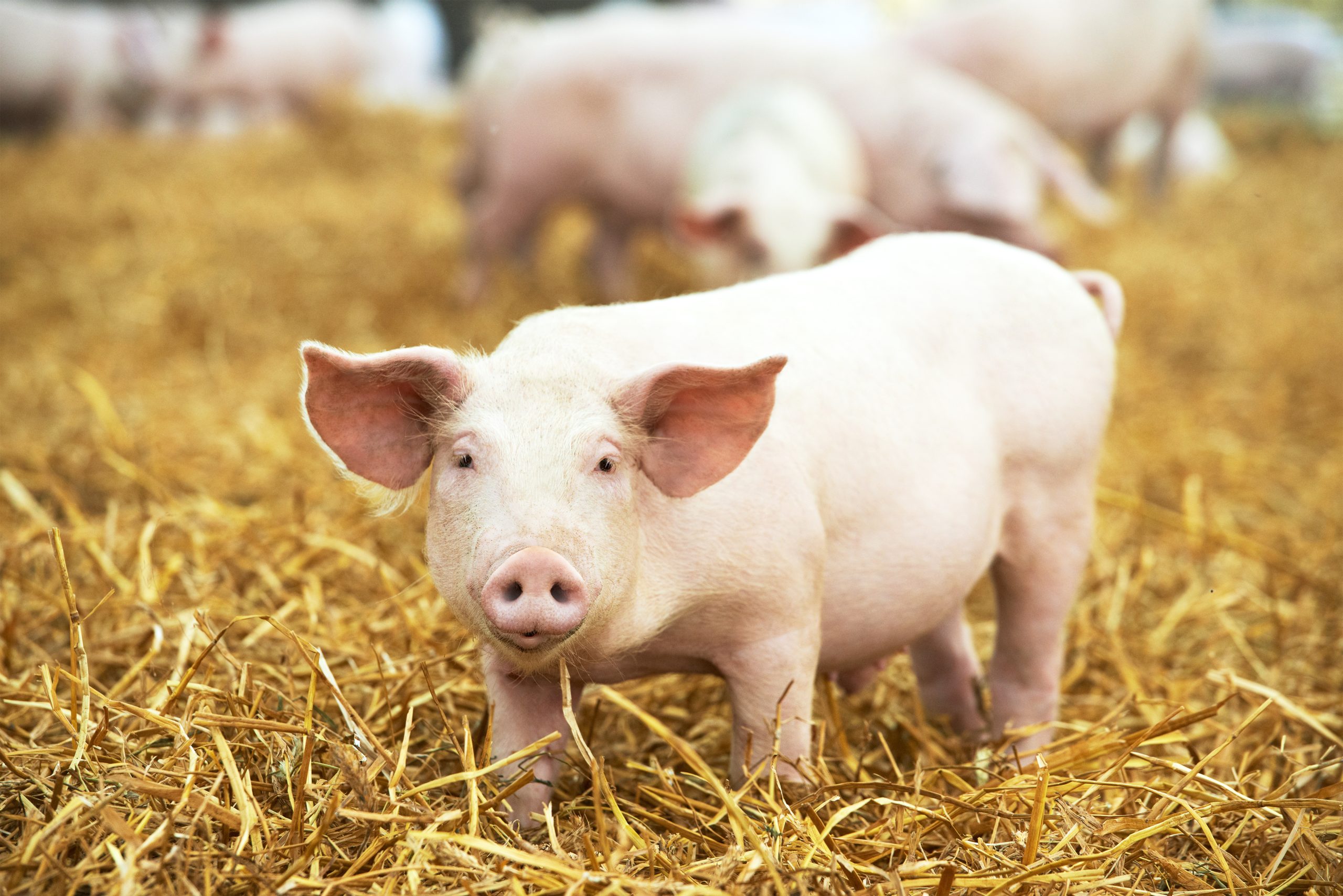
June 30, 2025
Conversations at the World Pork Expo earlier this month underscored key themes shaping the pork industry: disease threatening production, persistent tariff-related uncertainty affecting export demand, and attractive forward margins presenting opportunities for producers. While supply-side concerns often dominate headlines, it’s just as important to examine domestic demand trends that may be quietly supporting the market.
Although export demand usually commands attention thanks to real-time data and media coverage, domestic demand often flies under the radar. However, several recent indicators suggest that domestic buyers are showing strong interest in pork products. Although there is technically nuance between the terms “demand” and “disappearance”, we’ll use them interchangeably here to describe the volume of pork products absorbed by U.S. consumers.
In April, domestic pork disappearance rose more than 4 percent from March, a stark contrast to the 11.7 percent decline typically seen during that time over the past decade. While one month doesn’t establish a trend, conversations with buyers and other contemporaneous data suggest pork demand has remained robust heading into grilling season.
Figure 1. Monthly Pork Domestic Disappearance

Grocery Store Dynamics Aiding Pork
The USDA’s Economic Research Service (ERS) publishes monthly retail prices for protein complexes based on data provided by the Bureau of Labor Statistics. In May (the most recent data points available), the pork retail complex fell marginally from April and was 0.3 percent below a year ago. Beef retail prices have been at or near all-time highs for much of the year as the sector continues to experience a lack of placements on feed and struggles importing Mexican feeder cattle. Egg retail prices, after peaking in March, have fallen 27 percent over the most recent three months. The fall in egg prices could be beneficial for demand for traditional breakfast meats such as bacon and sausage. While tough to prove based on retail sales alone, strong belly primal values (a proxy for bacon) and historically high sow prices (a proxy for sausage) support the idea that breakfast-related pork demand is healthy.
Figure 2. Average Retail Price of Protein Complexes

Looking at relative prices, pork’s value proposition is especially compelling. The pork-to-beef price ratio is nearing pandemic-era lows, making pork more attractive to budget-conscious shoppers. Relative to chicken, pork remains competitively priced and below the decade-long average.
Figure 3. Pork Retail Price as Share of Competing Proteins

Retailers have played an important role in promoting pork’s competitive position. The USDA’s National Weekly Retail Activity Report includes a useful metric called the “feature rate”, which measures the percentage of sampled stores advertising any pork item in a given week. While the data can be noisy week to week, the trend since September 2024 has shown consistent strength with pork being featured more heavily than during the previous three years. This increased visibility is likely helping to convert pork’s value advantage into higher consumer engagement and, ultimately, greater demand.
Figure 4. Weekly Retail Features Rate

The USDA’s wholesale pork reporting, part of the Livestock Mandatory Reporting (LMR) Program, provides valuable insight into both current and near-term pork demand. Through daily and weekly updates, the LMR captures sales volumes and pricing data for the majority of U.S. pork transactions. One key report, LM_PK620, tracks formula sales—transactions based on publicly available quoted prices. These sales are commonly used by domestic hotels, restaurants, and institutions (HRI), as well as buyers in Mexico and Canada. So far this year, weekly formula sales volumes have been at or near all-time highs, aligning with conversations from across the country that point to strong demand from HRI buyers.
Figure 5. Weekly Formula Sales

Translating Strong Demand into Farmer Opportunities
While the above information is good to know, it is more interesting to see how this is impacting farmer bottom lines. The USDA’s Meat Price Spreads series helps quantify how much of the consumer pork dollar makes it back to the farm. While the farmers’ share has trended lower over the long term due to consumer demand for further-processed and convenience foods, May’s figure reached 24.1 percent, the highest since August 2023. While not a full-blown change in trend, it is a welcome sight for producers.
Figure 6. Share of Retail Pork Value

Perhaps more importantly, forward profit margins remain historically strong. As you can see on the far-right side of the graph below, hog margins over the last half of 2025 and first half of 2026 (12 months combined) for our demonstration operation are near all-time highs of historical profitability over the past decade. Based on this demonstration operation’s costs of production and lean hog prices as of Friday’s close, open market hog margins for the entire next year averaged $19.53 per hundredweight. The only time in the past decade this operation would have had the opportunity to protect more favorable margin levels for the succeeding 4 quarters was during the flurry of Chinese pork purchases as they were in the depths of African Swine Fever.
Figure 7. Rolling 4 Quarters Margin Chart

Structuring margin coverage will vary from producer to producer, but it generally makes sense to address both feed and hog risk simultaneously. Today’s historically high margins can rapidly deteriorate from a decrease in hog prices, an increase in feed costs, or a combination of the two. The next year brings with it both opportunities and continued risk for pork producers. A proactive risk management plan can help navigate uncertainties while capitalizing on opportunities. Contact us to learn more about strategies to take advantage of what the market is offering and take control of your bottom line.